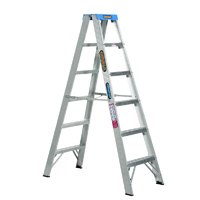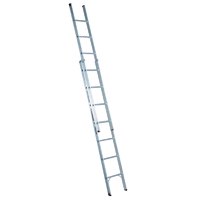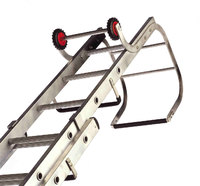Best Ladders for Roofing Installation
One of the difficult parts in house construction is roofing. Unlike the flooring and walls where you can perform the work while staying on the ground, roofing requires you to go up the house in order to install roofing materials.
Risk of falling is ever present when you go up elevated places, more so when you are working on the roof of a partially-finished house. That is why strict observance of safety precautions is the number one rule while doing roof installation to prevent accidents that could cause injuries.
A roofer’s best friend while working on the roof is a ladder. This common but important tool assists workers to go up the roof and do their work. Just make sure that you are using ladders that meet the safety standards for the type of work you are doing. Also, use the right type of ladder since some ladders work best for particular jobs but not on others.
Among the different kinds of ladders, these are the best for roofing installation:
Step Ladders

This is the most common type of ladder used in the construction industry. They are shaped like an “A” and are self-supporting. This means that you do not have to lean them against the wall to be able to climb on it. If you are working on the edges or near the edges of the roof, step ladder is the best one to use. You can cover more areas of the roof since your ladder is not resting on the walls.
Extension Ladders

Unlike a step ladder, extension ladder needs to be leaned against the wall or other support to use. It consists of a “base” that is placed firmly on the ground and an extension part, called the “fly,” which is used to reach high places. The “fly” is a movable piece that retracts to the base when not in use. Roofers normally use this type of ladder in going up the roof from the sides because it can reach higher areas compared to the step ladder.
Roof Ladders

The ideal type of ladder when working on pitched roofs. This is actually a variation of the extension ladder, typified by a hook at the end. It has two wheels at the upper end designed to prevent damage to tiles or slates when pushed up the roof. Opposite the wheels is a hook that is used to fit over the side of the roof ridge to prevent the ladder from slipping down the pitched roof.